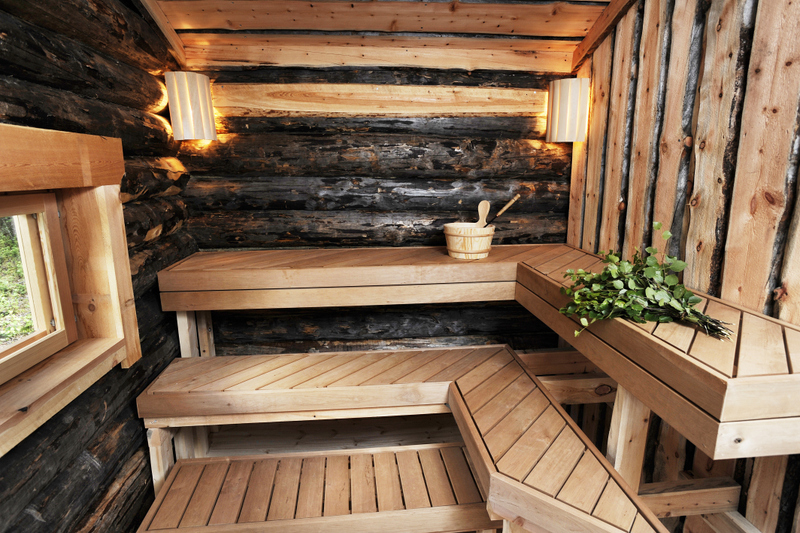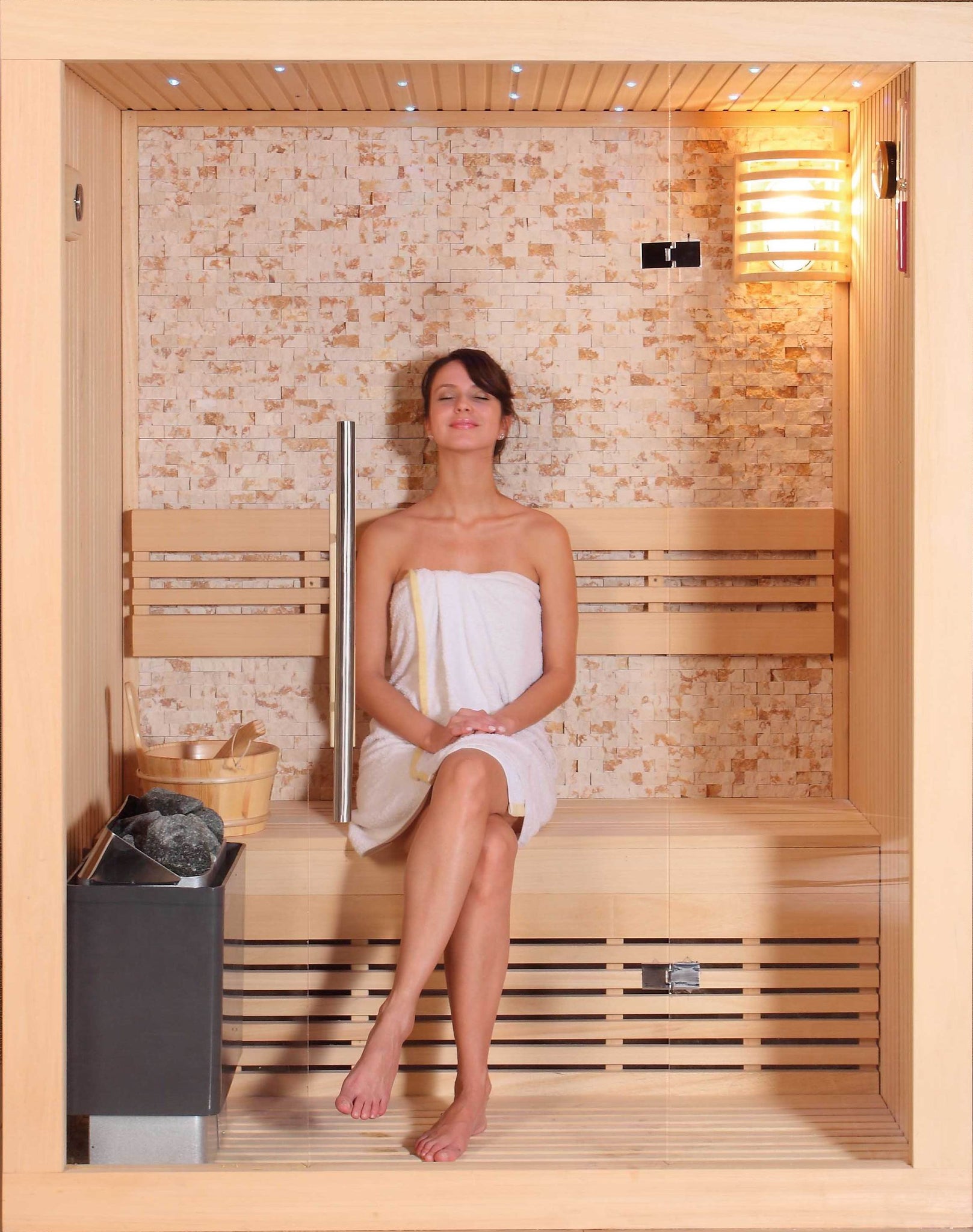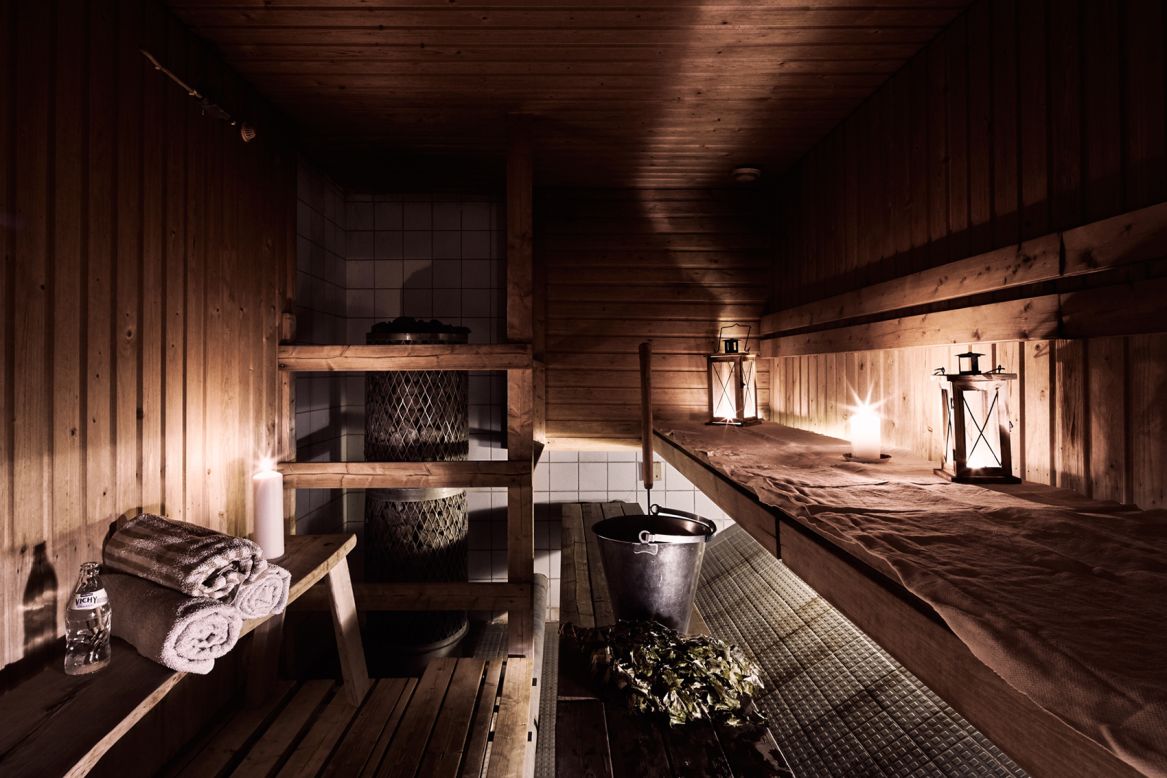Traditional Sauna Fundamentals Explained
Traditional Sauna Fundamentals Explained
Blog Article
The Ultimate Guide To Traditional Sauna
Table of ContentsUnknown Facts About Traditional SaunaTraditional Sauna Fundamentals ExplainedExamine This Report about Traditional SaunaThe smart Trick of Traditional Sauna That Nobody is Talking AboutTraditional Sauna Can Be Fun For Anyone
A lot of the weight lost in a sauna is water loss and is re-gained upon rehydrating. Nonetheless, certainly sauna can be a vital part of a healthy and balanced weight management program. To take a look at the distinctions between standard and IR saunas, I will divide these right into verifiable, theoretical, and produced distinctions.Hence, the best point in the saunawhich is at the ceiling straight over the sauna heateris usually between 185 and 190 F. Claims that a traditional sauna surpasses 200 F is just not real and not relevant for electric saunas marketed in the US. The temperature for a far-infrared sauna is generally established between 120 and 140 F; however, unlike the conventional sauna, the goal in and IR room is not to achieve a high temperature level.

When a typical sauna has been correctly warmed, the sauna walls are warm, the air temperature has achieved established temperature level and the rocks are very warmed. As an intriguing side note, the heated wall surfaces and the rocks are producing far-infrared heat, incorporated with the warmed air, to produce an "wrapping up warmth".
Traditional Sauna Can Be Fun For Everyone
When the heat is accomplished, the aspects cycle on and off to keep the heat. Most traditional sauna customers enjoy pouring water over the rocks to develop heavy steam to elevate sauna moisture levels. The benefits of putting water over the rocks include: making the room more comfy, dampening the nasal flows, and enabling the use of aromatherapy by mixing important oils with the water.

When the energy enters the body, it creates the body temperature level to boost and eventually results in sweat. In an infrared sauna it's important for the emitters/heaters to remain on nearly frequently. Given that there is no mass of rocks to retain warmth, the sauna will certainly cool if the emitters shut down.
6 Easy Facts About Traditional Sauna Explained
As mentioned over, the sauna bather in an infrared room wishes to place himself before running emitters to get optimal gain from the heat. The heating time for both areas can be really different, relying on just how the spaces are utilized. For a traditional sauna, a internet bather ought to enable 30-40 mins for the space to accomplish a preferred temperature level and to appropriately pre-heat the rocks.

A well created sauna will normally attain a temperature of 150-160 F in regarding 30-40 minutes (Traditional Sauna). For hotter temperature levels, the room may need to heat for a longer duration. When the area accomplishes set temperature, the heating system will certainly cycle on and off, commonly running about 50% of the time. The protected walls and the warmed rocks will keep the space warm and at steady temperature levels.
To some, 15 mins was "lost" while the infrared energy heated up the wood panels instead of heating a body, while others find a pre-heated area to be extra comfortable and believe a raised starting temperature level is necessary to begin sweating. The length of recommended use for every area is about the exact same (10-15 minutes per session); nonetheless, due to the lower air temperatures and the capacity to really feel the impacts of infrared warmth much faster than a typical sauna, it is not uncommon for a person to spend an overall of 20-30 mins in an infrared sauna.
The 15-Second Trick For Traditional Sauna

The typical cost per kWH of electrical energy in the united state is around $0.11, so a 4.5 kW heating system will certainly cost roughly $.50 to run for one hour, if the heater runs continuously for one hour. Generally a sauna heating system will certainly compete 75% of the very first hour Find Out More and 50% of subsequent hours on because the components cycle once the set temperature level is attained.
A two individual far-infrared room is usually physically smaller than a traditional sauna, often concerning 4' x 4' or smaller sized. The IR heating unit is typically 1.5-1.7 kW using a 120 volt 15 amp plug-in solution. Because the space can be made use of earlier than a sauna room, we will presume the area is utilized for to of an hour including warm up time.
Ultimately, there is a rarely discussed distinction in the social experience between the 2 areas. While our society has lost some of the social advantage of the traditional sauna experience, it can be really socially gratifying (Traditional Sauna). From family members time in the sauna, to heart-felt discussions with loved ones, to sauna partiesthe traditional sauna experience can lead to intimate socializing
Not known Details About Traditional Sauna
The majority of higher end infrared areas include tinted light treatment, stereo and full-glass fronts. The size of the majority of areas permit for 2 individuals to conveniently utilize the area, while some styles may enable a 3rd or fourth individual to make use of the room. Custom-made infrared areas are also available, with room sizes review readily available approximately 7' x 8' x 7' high.
Report this page